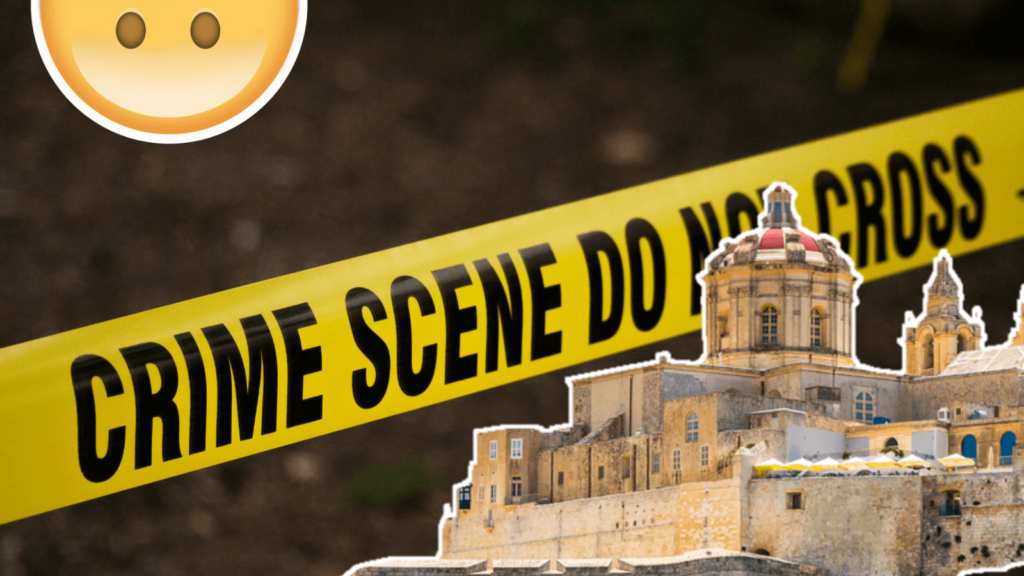Not-So Silent City? This Town Has The Highest Risk-Of-Crime In Malta And We’re Shook

The RISC of Crime is a measure used to quantify a town’s crime-risk. A concept put together by Professor Saviour Formosa – the current Head of Department of the Department of Criminology at the University of Malta – the RISC of Crime starts by comparing an individual town’s crime rate to the national crime rate, and proceeds to use such information to generate a risk assessment for each and every city.

These statistics are far more than subjective assumptions from Profs. Formosa’s behalf.
This academic has invested years’ worth of time into similar projects and his expertise has been recognised on an international scale. Most notably, Profs. Formosa was awarded a whopping 7 million euro through ERDF funding for his spatial information project called “SIntegraM: Spatial Data Integration for the Maltese Islands: Developing Integrated National Spatial Information Capactiy” – quite the mouthful, we know.

Much more goes into these calculations than you might think however; through a scientific process, observed and predicted socio-economic, land-use, and crime parameters are reviewed in accordance to how they might affect a town’s risk-of-crime. These variables are therefore all vital to the final result.
A town’s risk of crime looks at every offence that happened in a particular year within the borders of an individual town, and gauges such numbers against the number of offences that took place on a national scale.

Such results are then compiled annually in a league table, listing every single town in the Maltese islands – starting from the one with the highest risk of crime. Every entry in such table is given one of 6 colours, each signifying a different level of risk-of-crime.
- Blue: non-existent risk-of-crime
- Light Blue: low risk-of-crime
- Green: national rate
- Yellow: high risk-of-crime
- Orange: very high risk-of-crime
- Red: extremely high risk-of-crime

This way, the tables visually represent – amongst other things – the most and least safe town to inhabit, local councils showing improvement and deteriorations, and towns displaying significant rates of change.
After the annual research is complete, every town is listed in a total of 5 different tables – each encapsulating different types of crimes; commercial, domestic, vehicle, residential, and a grand total.

These statistics show that whilst Mdina’s at a surprisingly high risk of vehicle offences – second highest in Malta, to be precise – it also attracts the smallest number of residential offences; these include burglaries, larceny, and theft. Moreover, the RISC table for 2018 put Mdina at a ‘high-risk’ of domestic offences (including physical and sexual crime, stalking, and threatening behaviour) but at a low-risk for commercial offences.

Despite these statistics, Mdina took the cake in the league table for Grand Total offences, surpassing Floriana, Saint Julian’s, Valletta, and Marsa.
Surprisingly enough, Mdina has always flirted with the top positions of the risk-of-crime tables, however the past 5 years have seen the town rise up to the top. Sitting comfortably at 4th place in 2013 between Valletta and Floriana, 2017 saw the Silent City shoot up to the top; a position it retained up until the following year.